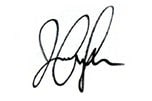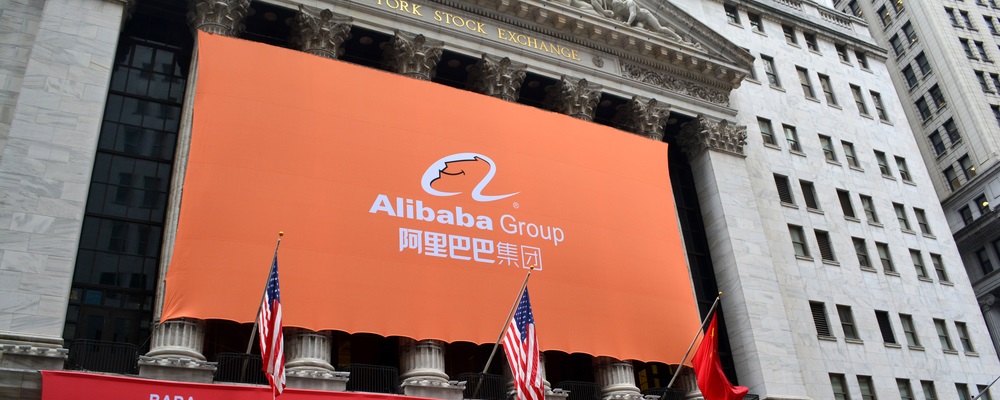It’s the call you never want to get.
Sarah, a close family friend in her late 40s, got her tests back from her doctor.
“I’m sorry, Sarah, the test results were positive. It’s what we feared.”
She hung up after he gave her the news.
For about a year, Sarah’s body had begun to undergo a series of frightening changes. She was having trouble walking, feeling dizzy, her muscles would give out on her randomly.
No one knew what was wrong.
It didn’t matter how many doctors she went to or hospitals she visited. Everyone in the medical community seemed stumped. It was beyond frustrating.
But finally, two years ago, a close friend suggested to her she might have multiple sclerosis, or MS — a chronic, often progressive, immune system disorder that affects the brain and spinal cord and practically turns your immune system against you.
It turns out, they were right. Even worse, she had primary progressive MS — one of the rarest and most debilitating forms.
When she finally got the call from her doctor saying she had the disease, there was little comfort to finally match a name to her ailments. It’s not a death sentence, but there were zero long-term solutions available.
That is, until recently.
See, about 400,000 people live with MS in the U.S., and around 2.1 million have it worldwide. Sarah’s type — the progressive kind — affects about 10% of patients. Although she was soon put on a daily medication, her friends and family feared it wouldn’t do much good.
But a few months ago, Sarah got a ray of hope. It came in the form of a new breakthrough drug called “Ocrevus,” which had been found to slow down the advancement of progressive MS.
It was a game changer.
And it’s something I wanted to share with you today because it speaks to a larger trend in the medical industry that investors absolutely must have on their radars.
You see, this medication — made by Roche Holding (OTC: RHHBY) — is one of the only MS treatments on the market that selectively targets “B-cells.” These are key cells in the immune system that suddenly attack your nervous system when you have MS. The drug targets and binds with them, slowing down the progression of the illness. It was approved by the Food and Drug Administration in March 2017.
Yes, the drug is expensive. It costs $65,000 a year.
But, it doesn’t require weekly injections…
It doesn’t leave aches and fevers in its wake…
And, best of all, it’s the first and only approved therapy for slowing down primary progressive MS — the kind Sarah and hundreds of thousands of other people have.
It’s one of the biggest pharma wins of 2017.
So it’s no surprise that the drug far outpaced expectations in its first quarter on the market. It generated $200 million in sales, the greatest launch in the company’s history.
Now, I’m not saying to go out and buy Roche Holdings. There are many more factors to consider at play here, such as price-to-earnings ratios, debt, free cash flow, trend lines, industry sentiment, etc.
But clearly, companies on the forefront of medical discoveries are set to bring significant gains to investors. There’s huge demand for breakthrough therapies — because we’re talking about people’s lives here.
This is a trend you definitely want to have exposure to in your portfolio. No question.
Of course, you just have to know where to start looking. That’s why our tech expert, Paul , has been deep in research in this field.
In fact, he recently isolated a bigger breakthrough in the medical community than the one I just mentioned. You’ll want to look into it. It’s a revolutionary approach to tackling all chronic diseases called “precision medicine,” and it has the potential to save millions of lives each year.
You can read more about it here.
After all, the best thing you can do as an investor is to be in the know. Getting ahead of massive trends is how you make game-changing returns that could radically change your life and retirement.
Catch you next week.
Regards,

Jessica Cohn-Kleinberg
Managing Editor, Banyan Hill Publishing









